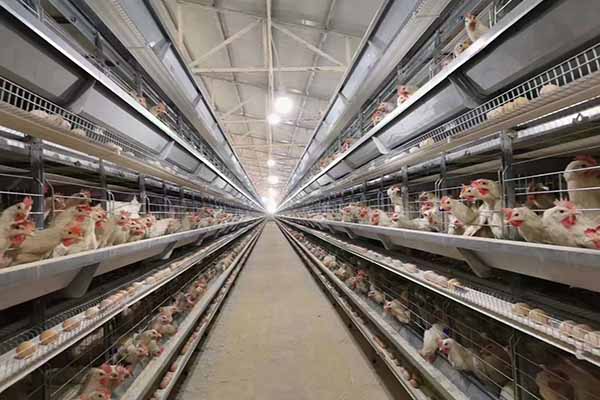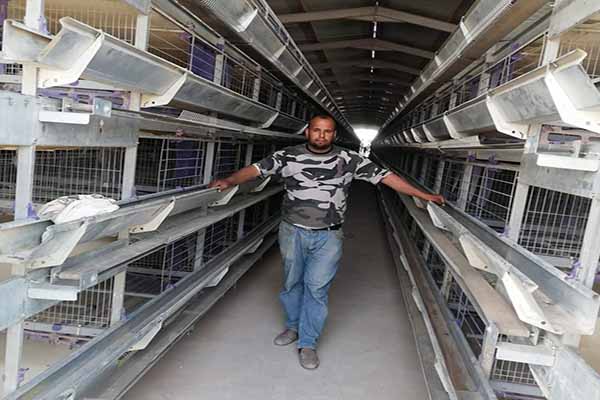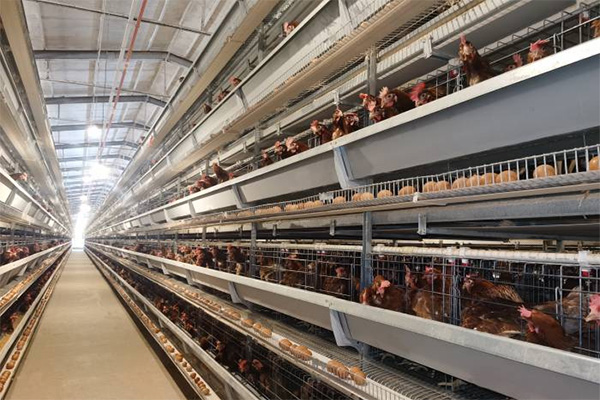Optimizing Chicken Battery Cage Systems for 180,000 Chickens in Zambia
In the poultry industry, efficiency and scalability are key factors for success. Zambia, with its growing demand for poultry products, is increasingly investing in advanced farming techniques. One such technique is the implementation of a chicken battery cage system, capable of housing up to 180,000 chickens. This article explores the design, benefits, and key considerations for such a system.

System Design
The chicken battery cage system is a high-density, intensive poultry farming method that ensures the healthy growth of chickens while maximizing space utilization. For a setup with 180,000 chickens, the following design aspects are crucial:

- Cage Size: The dimensions of each cage should be designed to accommodate the number of chickens while ensuring ample space for movement and growth.
- Airflow and Ventilation: Proper ventilation is essential to maintain a healthy environment, preventing diseases and promoting good chicken welfare.
- Lighting: Controlled lighting helps regulate the chicken’s biological clock and can significantly impact growth and egg production.
- Water and Feeding Systems: Automated systems ensure constant access to clean water and feed, reducing waste and enhancing productivity.
Benefits
Implementing a chicken battery cage system for 180,000 chickens in Zambia offers numerous advantages:
- Increased Productivity: High-density farming leads to higher output of meat and eggs.
- Space Efficiency: Battery cages save land and minimize the risk of biosecurity breaches.
- Cost-Effective: Automation and intensive farming methods reduce labor costs and increase profit margins.
- Environmental Sustainability: Proper waste management systems minimize the environmental impact.
Case Study: A 180,000 Chicken Battery Cage System in Zambia
Consider a recent project in Zambia where LIVI Mechanical designed and installed a chicken battery cage system for 180,000 chickens. The project involved the following key milestones:
- Site Assessment: Conducted a thorough assessment to identify optimal location and infrastructure requirements.
- Design: Designed a system that incorporated modern farming techniques and local environmental conditions.
- Installation: Efficiently installed the battery cages, water, and feeding systems.
- Monitoring: Monitored the system to ensure optimal performance and adjust as needed.
The outcome of this project was a highly efficient and productive chicken farm that not only met but exceeded the client’s expectations.

Conclusion
Investing in a chicken battery cage system for 180,000 chickens in Zambia is a strategic move for poultry farmers and investors. LIVI Mechanical offers professional and customized solutions to help you achieve success in the poultry industry. Contact us today for a free chicken farming design and equipment quotation.
Would you like to know more about our services? Leave a comment below, and our team will be happy to assist you!




